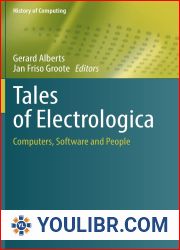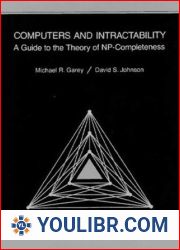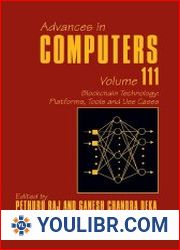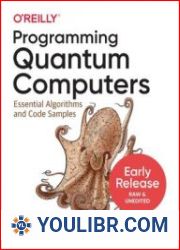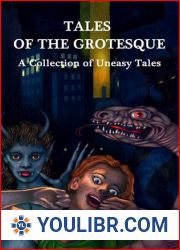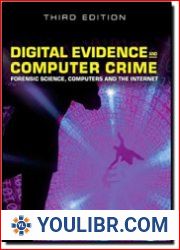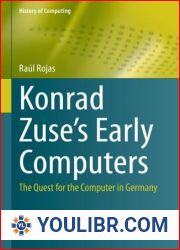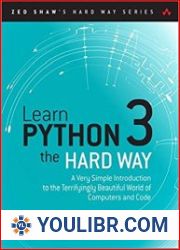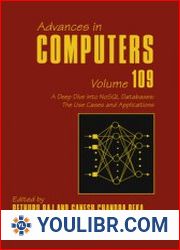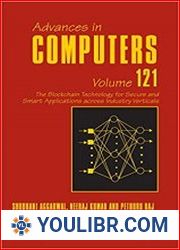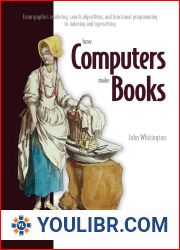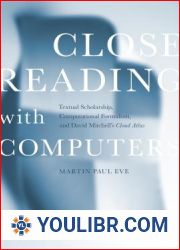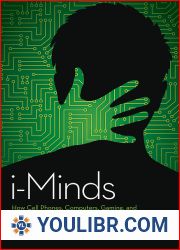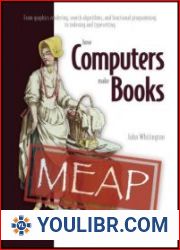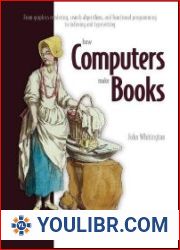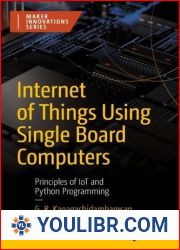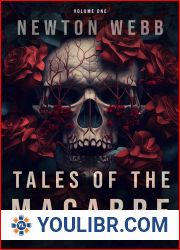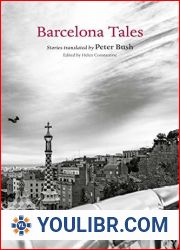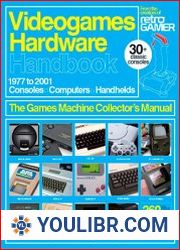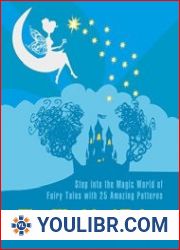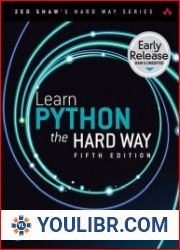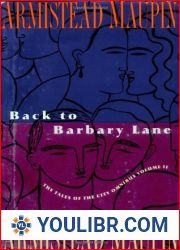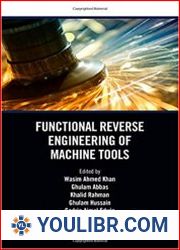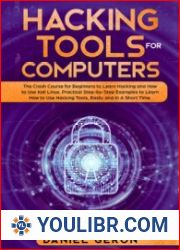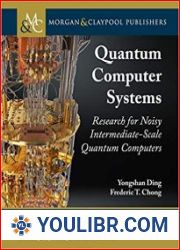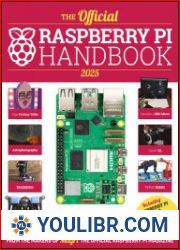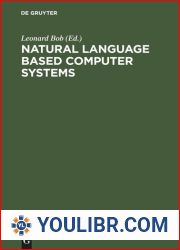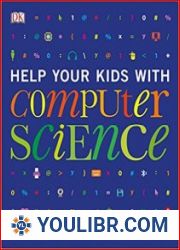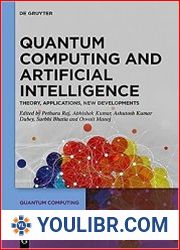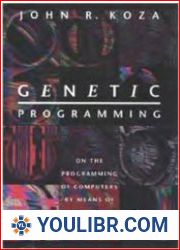
BOOKS - Tales of Electrologica: Computers, Software and People (History of Computing)

Tales of Electrologica: Computers, Software and People (History of Computing)
Author: Gerard Alberts
Year: January 4, 2023
Format: PDF
File size: PDF 23 MB
Language: English

Year: January 4, 2023
Format: PDF
File size: PDF 23 MB
Language: English

The Plot: In the early 1950s, manufacturing computers in series was quite a feat, and Electrologica, a Dutch computing company, achieved this impressive accomplishment. As mathematical as it gets, these machines were called X1 and X8. This industrial achievement, combined with the background in mathematical research, made Electrologica a legend in Dutch computing. The tales in this book are told by those who have a right to tell - highly engaged professionals who take readers back to their pioneering work with the machines and, in retrospect, unveil some of the values that went without saying in the 1960s. To begin with, Paul Klint relates the contrasting views on software in Dutch research traditions, specifically ALGOL. Frans Kruseman Aretz takes the reader along to the detailed decisions on constructing compilers and shows the values of an ALGOL culture transpiring. Dirk Dekker, for the first time, 'owns' his algorithm for mutual exclusion, while Rene van Dantzig's use case was an Electrologica X8 computer controlling two other computers in three-dimensional detection of colliding particles. Early steps in Lambert Meertens' tale of the X8 machine composing a violin quartet come with his original presentation, as well as the code in ALGOL 60. The reflections of first-hand experiences combine well with the second thoughts of historical research into archival sources.
В начале 1950-х годов серийное производство компьютеров было настоящим подвигом, и голландская вычислительная компания Electrologica достигла этого впечатляющего достижения. Как бы математически это ни получалось, эти машины назывались X1 и X8. Это промышленное достижение в сочетании с опытом математических исследований сделало Electrologica легендой в голландских вычислениях. Истории в этой книге рассказывают те, кто имеет право рассказывать - профессионалы с высоким уровнем вовлеченности, которые возвращают читателей к их новаторской работе с машинами и, оглядываясь назад, раскрывают некоторые ценности, которые были без слов в 1960-х годах. Для начала Пол Клинт соотносит контрастные взгляды на программное обеспечение в голландских исследовательских традициях, в частности ALGOL. Франс Круземан Арец (Frans Kruseman Aretz) знакомит читателя с подробными решениями по построению компиляторов и показывает ценности ALGOL-культуры. Дирк Деккер, впервые, «владеет» своим алгоритмом взаимного исключения, в то время как примером использования Рене ван Данцига был компьютер Electrologica X8, управляющий двумя другими компьютерами в трёхмерном обнаружении сталкивающихся частиц. Ранние шаги в сказке Ламберта Меертенса о машине X8, сочиняющей скрипичный квартет, идут с его оригинальной презентацией, а также кодом в ALGOL 60. Отражения переживаний из первых рук хорошо сочетаются со вторыми мыслями исторического исследования архивных источников.
Au début des années 1950, la production en série d'ordinateurs a été un véritable exploit, et la société informatique néerlandaise Electrologica a réalisé cette réalisation impressionnante. Même mathématiquement, ces machines s'appelaient X1 et X8. Cette réussite industrielle combinée à l'expérience de la recherche mathématique a fait d'Electrologica une légende dans l'informatique néerlandaise. s histoires de ce livre sont racontées par ceux qui ont le droit de raconter - des professionnels à haut niveau d'engagement qui ramènent les lecteurs à leur travail innovant avec les machines et, en regardant en arrière, révèlent certaines valeurs qui étaient sans mots dans les années 1960. Pour commencer, Paul Clint met en corrélation les points de vue contrastés sur les logiciels dans les traditions de recherche néerlandaises, en particulier ALGOL. Frans Kruseman Aretz présente au lecteur des solutions détaillées pour la construction de compilateurs et montre les valeurs de la culture ALGOL. Dirk Decker, pour la première fois, « possède » son algorithme d'exclusion mutuelle, tandis que l'exemple d'utilisation de René van Danzig était l'ordinateur Electrologica X8, qui contrôle deux autres ordinateurs dans la détection tridimensionnelle des particules en collision. s premiers pas dans le conte de Lambert Meertens sur la machine X8 qui compose le quatuor de violon viennent avec sa présentation originale, ainsi que le code dans ALGOL 60. s réflexions des expériences de première main se combinent bien avec les secondes pensées de l'étude historique des sources archivistiques.
A principios de la década de 1950, la producción en serie de computadoras fue una auténtica hazaña, y la empresa holandesa de computación Electrologica logró este impresionante logro. Por matemático que resultara, estas máquinas se llamaban X1 y X8. Este logro industrial, unido a la experiencia de la investigación matemática, ha convertido a Electrologica en una leyenda en la computación holandesa. historias de este libro son contadas por aquellos que tienen el derecho de contar - profesionales con un alto nivel de compromiso que devuelven a los lectores a su trabajo pionero con las máquinas y, mirando hacia atrás, revelan algunos valores que estaban sin palabras en los 60. Para empezar, Paul Clint relaciona las opiniones contrastadas sobre el software en las tradiciones de investigación holandesas, en particular ALGOL. Frans Kruseman Aretz presenta al lector soluciones detalladas para construir compiladores y muestra los valores de la cultura ALGOL. Dirk Dekker, por primera vez, «posee» su algoritmo de exclusión mutua, mientras que un ejemplo del uso de René van Danzig fue la computadora Electrologica X8, que controla otros dos ordenadores en la detección tridimensional de partículas colisionantes. primeros pasos en el cuento de Lambert Meertens sobre una máquina X8 componiendo un cuarteto de violín van con su presentación original, así como el código en ALGOL 60. reflexiones de primera mano de las experiencias se combinan bien con los segundos pensamientos del estudio histórico de las fuentes archivísticas.
All'inizio degli annì 50 la produzione in serie di computer è stato un vero e proprio exploit, e la società olandese di informatica Electrologica ha raggiunto questo impressionante successo. Per quanto possa funzionare matematicamente, queste macchine si chiamavano X1 e X8. Questo successo industriale, unito all'esperienza di ricerca matematica, ha reso Electrologica una leggenda nel calcolo olandese. storie di questo libro sono raccontate da coloro che hanno il diritto di raccontare - professionisti con un alto livello di coinvolgimento che riportano i lettori al loro lavoro innovativo con le macchine e, guardando indietro, rivelano alcuni valori che erano privi di parole negli annì 60. Per cominciare, Paul Clint mette in relazione la visione contrastante del software nelle tradizioni di ricerca olandesi, in particolare ALGOL. Frans Kruseman Aretz presenta al lettore soluzioni dettagliate per la costruzione di compilatori e mostra i valori della cultura ALGOL. Dirk Decker, per la prima volta, «possiede» il suo algoritmo di esclusione reciproca, mentre l'esempio di Renee Van Danzig è stato il computer Electrologica X8, che gestisce altri due computer nel rilevamento tridimensionale di particelle collusive. I primi passi nella favola di Lambert Meertens sulla X8, che compone un quartetto di violini, si svolgono con la sua presentazione originale e il codice in ALGOL 60. Riflettere le esperienze di prima mano è ben combinato con i secondi pensieri della ricerca storica sulle fonti archiviate.
In den frühen 1950er Jahren war die Massenproduktion von Computern eine echte Meisterleistung, und das niederländische Computerunternehmen Electrologica erreichte diese beeindruckende istung. So mathematisch wie es funktioniert, werden diese Maschinen X1 und X8 genannt. Diese industrielle istung, kombiniert mit der Erfahrung der mathematischen Forschung, machte Electrologica zu einer gende im niederländischen Computing. Die Geschichten in diesem Buch werden von denen erzählt, die das Recht haben zu erzählen - Profis mit hohem Engagement, die die ser zurück zu ihrer bahnbrechenden Arbeit mit Maschinen führen und im Nachhinein einige Werte offenbaren, die in den 1960er Jahren ohne Worte waren. Zunächst bezieht Paul Klint die gegensätzlichen Ansichten zur Software in die niederländische Forschungstradition, insbesondere ALGOL. Frans Kruseman Aretz stellt dem ser detaillierte Lösungen für den Compilerbau vor und zeigt die Werte der ALGOL-Kultur auf. Dirk Decker „beherrscht“ zum ersten Mal seinen gegenseitigen Ausschlussalgorithmus, während René van Danzigs Anwendungsbeispiel der Computer Electrologica X8 war, der zwei weitere Computer bei der dreidimensionalen Detektion kollidierender Teilchen steuert. Die frühen Schritte in Lambert Meertens'Märchen von der X8-Maschine, die das Violinquartett komponiert, gehen mit seiner ursprünglichen Präsentation sowie dem Code in ALGOL 60 einher. Die Reflexionen der Erfahrungen aus erster Hand passen gut zu den zweiten Gedanken der historischen Erforschung der Archivquellen.
''
1950'lerin başında, bilgisayarların seri üretimi bir başarıydı ve Hollandalı bilgisayar şirketi Electrologica bu etkileyici başarıya ulaştı. Ne kadar matematiksel olarak ortaya çıkarsa çıksın, bu makineler X1 ve X8 olarak adlandırıldı. Bu endüstriyel başarı, matematiksel araştırmalardaki deneyimle birleştiğinde Electrologica'yı Hollanda bilişiminde bir efsane haline getirdi. Bu kitaptaki öyküler, anlatma hakkına sahip olanlar tarafından anlatılıyor - okuyucuları makinelerle öncü çalışmalarına geri götüren ve geçmişe bakıldığında, 1960'larda sözsüz olan bazı değerleri ortaya koyan son derece meşgul profesyoneller. Yeni başlayanlar için Paul Clint, Hollanda araştırma geleneğinde, özellikle ALGOL'da yazılım hakkındaki zıt görüşleri ilişkilendirir. Frans Kruseman Aretz, okuyucuyu ayrıntılı derleyici oluşturma çözümlerine tanıtır ve ALGOL kültürünün değerlerini gösterir. Dirk Dekker, ilk kez, karşılıklı dışlama algoritmasının "sahibi'iken, Rene van Danzig'i kullanmanın bir örneği, çarpışan parçacıkların üç boyutlu tespitinde diğer iki bilgisayarı kontrol eden Electrologica X8 bilgisayarıydı. Lambert Meertens'in keman dörtlüsü oluşturan bir X8 makinesinin hikayesindeki ilk adımlar, orijinal sunumunun yanı sıra ALGOL 60'daki kodla birlikte geliyor. Birinci elden deneyimlerin yansımaları, arşiv kaynaklarının tarihsel araştırmalarının ikinci düşüncelerine iyi uyar.
في أوائل الخمسينيات من القرن الماضي، كان الإنتاج الضخم لأجهزة الكمبيوتر إنجازًا كبيرًا، وحققت شركة الحوسبة الهولندية Electrologica هذا الإنجاز الرائع. مهما اتضح من الناحية الرياضية، كانت هذه الآلات تسمى X1 و X8. هذا الإنجاز الصناعي جنبًا إلى جنب مع الخبرة في البحث الرياضي جعل Electrologica أسطورة في الحوسبة الهولندية. يروي القصص في هذا الكتاب أولئك الذين لديهم الحق في سرد - المحترفون المشاركون للغاية الذين يعيدون القراء إلى عملهم الرائد مع الآلات، وفي وقت لاحق، يكشفون عن بعض القيم التي كانت بدون كلمات في الستينيات. بالنسبة للمبتدئين، يربط بول كلينت وجهات النظر المتناقضة حول البرامج في تقاليد البحث الهولندية، ولا سيما ALGOL. يقدم Frans Kruseman Aretz القارئ إلى حلول بناء المترجم التفصيلية ويظهر قيم ثقافة ALGOL. ديرك ديكر، لأول مرة، «يمتلك» خوارزمية الاستبعاد المتبادل الخاصة به، بينما كان كمبيوتر Electrologica X8 مثالًا على استخدام Rene van Danzig، والذي يتحكم في جهازي كمبيوتر آخرين في اكتشاف ثلاثي الأبعاد للجسيمات المتصادمة. تأتي الخطوات المبكرة في قصة لامبرت ميرتنز عن آلة X8 التي تؤلف رباعي الكمان مع عرضه التقديمي الأصلي بالإضافة إلى الكود في ALGOL 60. تتناسب انعكاسات التجارب المباشرة بشكل جيد مع الأفكار الثانية للبحوث التاريخية لمصادر الأرشيف.







